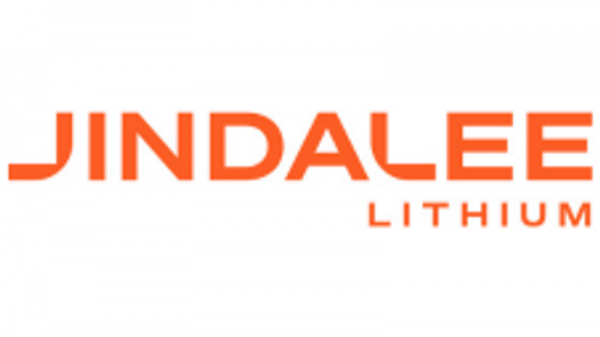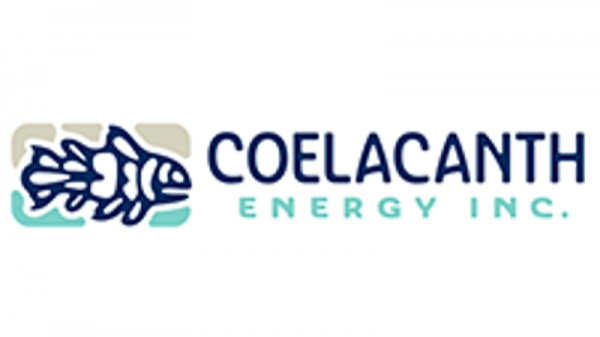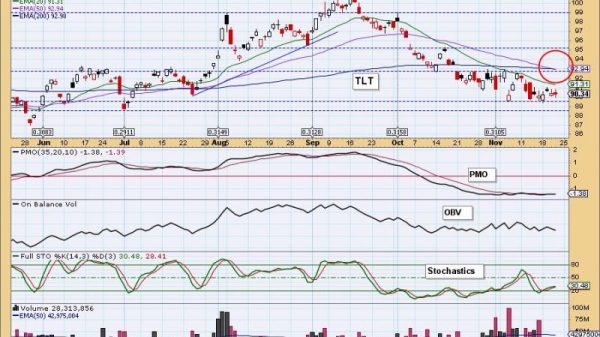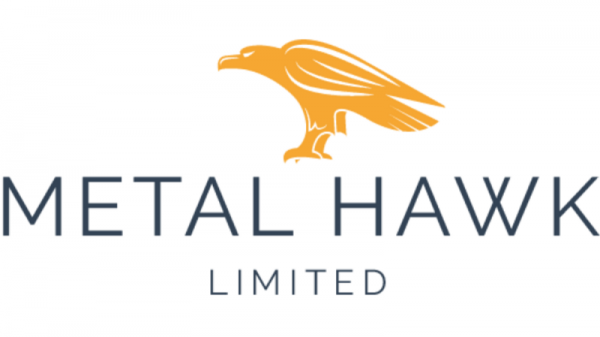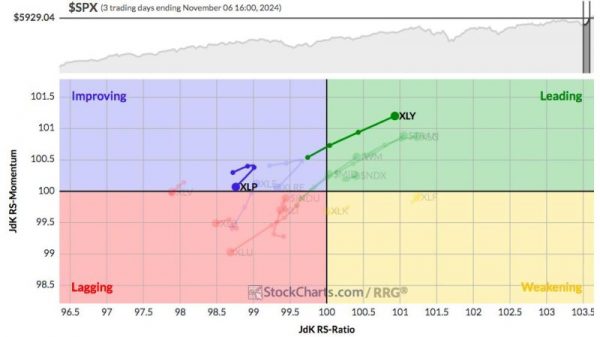Title: Navigating Uncertainty: The Changing Landscape of Cobalt Price Recovery
Introduction:
In recent years, the cobalt market has experienced significant fluctuations due to shifts in battery chemistry and evolving demand dynamics. As the world transitions towards cleaner energy sources and electric vehicles become more prevalent, the demand for cobalt, a key component in lithium-ion batteries, has surged. However, concerns over supply chain transparency and ethical sourcing practices, coupled with advancements in battery technology, are reshaping the cobalt market landscape and introducing new uncertainties into the price recovery trajectory.
The Impact of Battery Chemistry Shifts:
The rise of nickel-cobalt-manganese (NCM) and nickel-cobalt-aluminum (NCA) battery chemistries over traditional cobalt-rich batteries has altered the demand dynamics in the cobalt market. These newer chemistries reduce the cobalt content in batteries, thereby lessening the dependency on this scarce and often ethically questionable resource. The shift towards NCM and NCA batteries is driven by cost considerations and efforts to mitigate supply chain risks associated with cobalt production in regions plagued by concerns over labor practices and environmental impacts.
Challenges in Price Recovery:
The changing battery chemistry landscape presents challenges for cobalt price recovery. While demand for cobalt remains robust, the reduced reliance on the metal in newer battery technologies could potentially dampen long-term price prospects. Furthermore, the push towards sustainable and ethical sourcing practices is putting pressure on cobalt miners to ensure responsible supply chains, adding complexity to the pricing dynamics.
Supply Chain Transparency and Ethical Sourcing:
As consumers and regulators demand more transparency and accountability in mineral supply chains, cobalt miners are facing increasing scrutiny over the ethicality of their operations. Instances of child labor and unsafe working conditions in cobalt mines have drawn attention to the human rights and environmental risks associated with cobalt production. This focus on responsible sourcing is not only reshaping the cobalt market but also influencing consumer perceptions and investment decisions in the industry.
Navigating the Uncertainties:
In the face of these shifting dynamics, players in the cobalt market must adapt and innovate to thrive in a changing landscape. Cobalt producers need to embrace sustainable practices, invest in research and development to improve battery technologies, and diversify their customer base to mitigate risks associated with market fluctuations. Collaboration across industries, from mining to battery manufacturing to automotive, will be essential to address the challenges and opportunities presented by the evolving cobalt market.
Conclusion:
The cobalt market is at a critical juncture, with price recovery facing uncertainties amid shifts in battery chemistry and demand dynamics. As the industry grapples with challenges related to ethical sourcing, supply chain transparency, and technological advancements, strategic planning and collaborative efforts will be key to navigating the complexities of the changing cobalt landscape. By embracing innovation, sustainability, and responsible practices, stakeholders can help shape a more resilient and sustainable future for the cobalt market.




